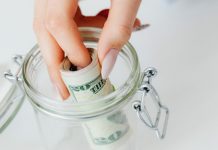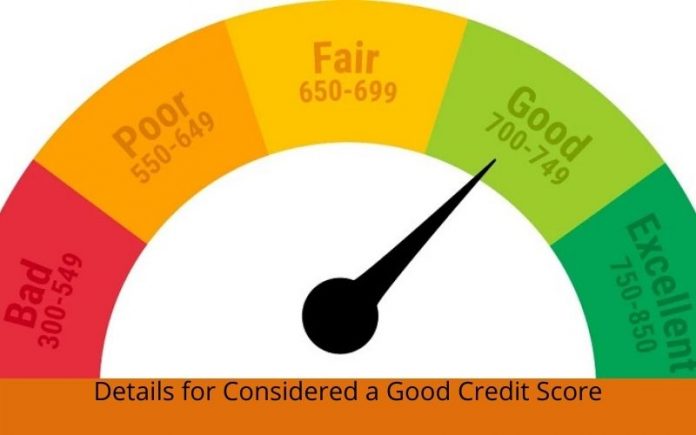You can also use this tip to maintain a high credit score, even if you choose not to use credit cards. Then let’s get started!
If you’re new to credit, generating credit for the first time may seem like the same scenario as the first-go, chicken-or-egg analogy. To get accepted for the finest credit cards, you must have a top credit score. But to hold a high credit score, you must have a credit card. So where is a credit newbie supposed to start? Half of Americans do not know the answer to this question. So you are not alone in your quest for the “no credit” cure.
Understand how credit scores work
First, you must understand what goes into an excellent credit score. This way, you can understand what steps you need to take to start building credit quickly. Credit Organization is the credit rating model used by most lenders when evaluating credit applications; it is used in approximately 90% of financing decisions. The Credit Organization scoring method is widely advertised, so you don’t require relying on guesswork as you shape credit.
Know the 5 points that control your score
Here is a breakdown of what Credit Organization takes into consideration when generating your credit score.
35% is determined by your payment history. How long have your accounts been open? Are you making your payments on time? Having payments late more than 30 days will have a negative impact on your credit score.
30% of your score use to get tied to the debt amount you owe. In general, you will want to use less than 30% of the credit available to you. That means that if you have a $ 1,000 line of credit, you should never have a balance of more than $ 300. Preferably, you must save your credit application under 10%.
15% of your score happens to be related to the age of your credit. That is how long you have used the credit. It is based on the number of years each of your accounts has been open. Older accounts that are still active and in good condition show that you have a history of correct credit usage.
10% happens to be fabricated of the number of the new accounts you opened recently. In the event that you open too many accounts in a small amount of time, you will seem desperate for credit in the eyes of the credit organization. This will have a negative impact on your credit score in the short term.
10% consists of the type of credit to which you have access. If you can demonstrate that you are capable of managing multiple types of credit, you will seem like a responsible borrower. The ideal combination of credits is a mortgage, an instalment loan (car loan, personal loan, etc.) and a revolving line of credit, such as a credit card.
Check the report of your credit
Now that you do understand what reaches into a credit score, you will want to see what is on your credit report. The information in your report is what is used to compute the credit score you hold. So you wish to know what your report states to ensure it looks its best.
Find ways to generate a positive credit history
With 35% of your score tied to payment history, you need to figure out how to start adding a little history to your report. The most traditional way to generate a credit history happens to be using “indiscreet” credit cards. Nevertheless, qualifying for an unsecured card, on your own, can be complicated. Fortunately for you, there are some options available to people who don’t qualify for unsecured credit.
Building a credit history without requiring credit cards
The easiest way to generate credit without credit cards is through the use of instalment loans. Instalment accounts are typically things like car loans, student loans, mortgages, and personal loans. If you are generating credit, you will generally start with small personal loans to reach the larger types of financing.
There are also credit loans available through companies like Self Lender that invest the money automatically. Loans to generate credit, allow users without a credit history to open a small loan. But instead of obtaining the loan funds, they are placed on a Certificate of Deposit (CD). Therefore, it saves you the trouble of having to invest the money you receive with the loan.
Observe your progress, accomplish your debt, and build gradually
The moment you start creating your credit history, see what other “levers” you can use to generate more credit. If you applied for a personal loan for a home renewal project, post 3-6 months, you might contemplate getting a CD through on your own. Once you are relaxed managing that debt, you can add a “peer-to-peer” loan or even consider something bigger, like an auto loan.










































